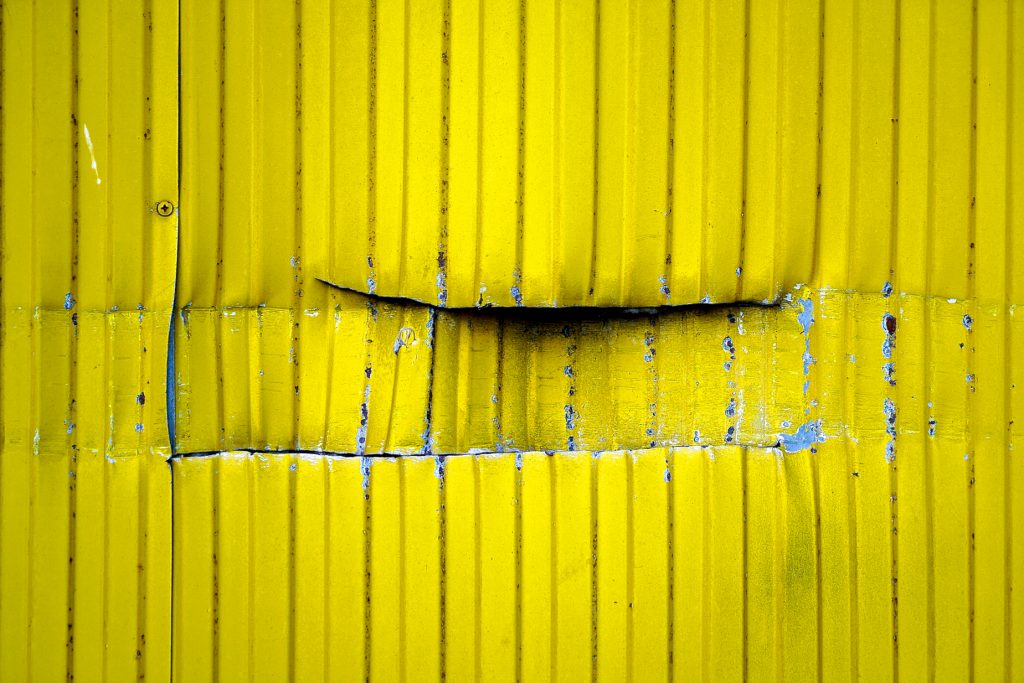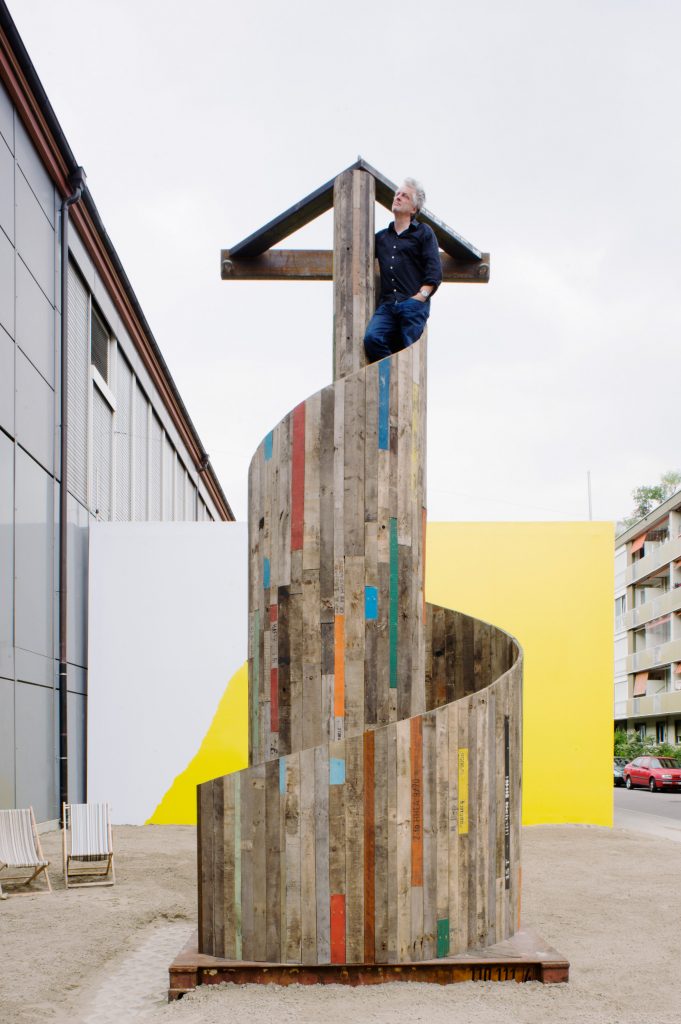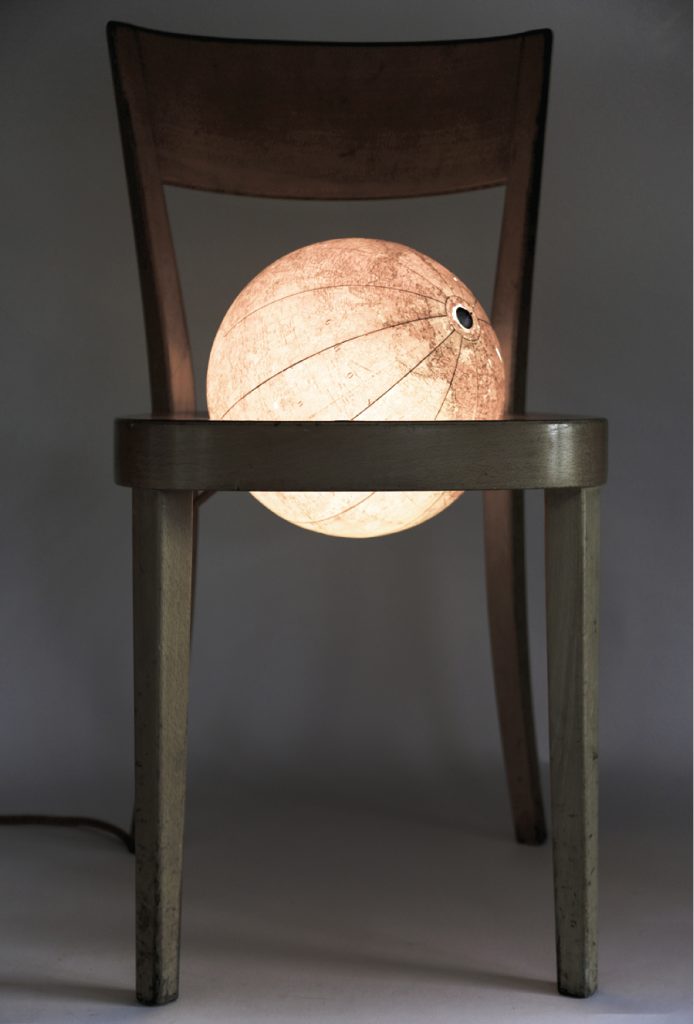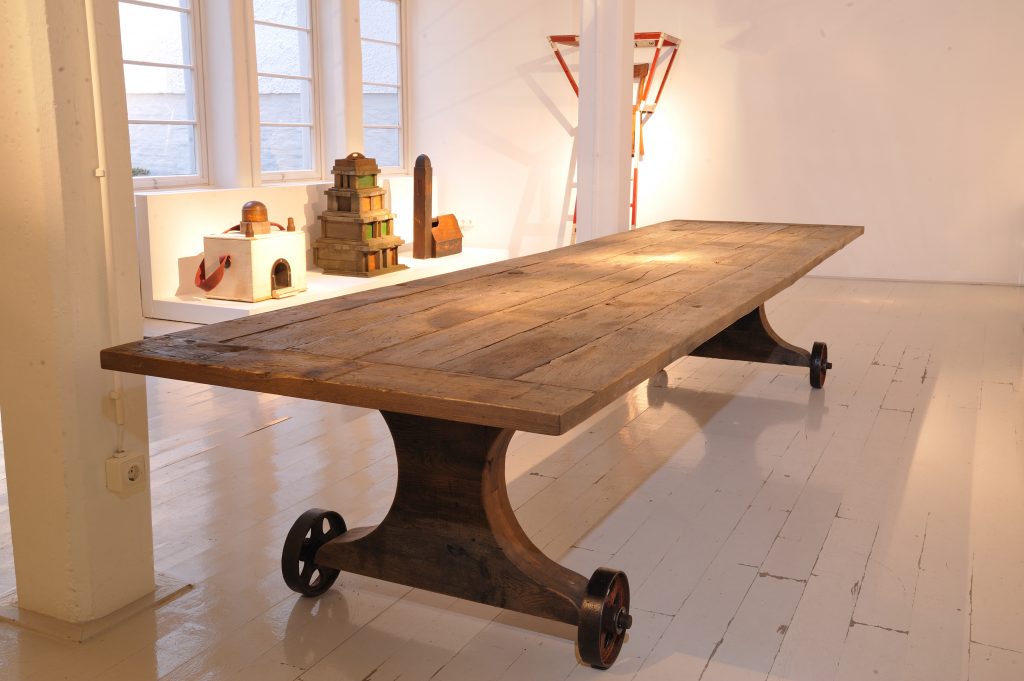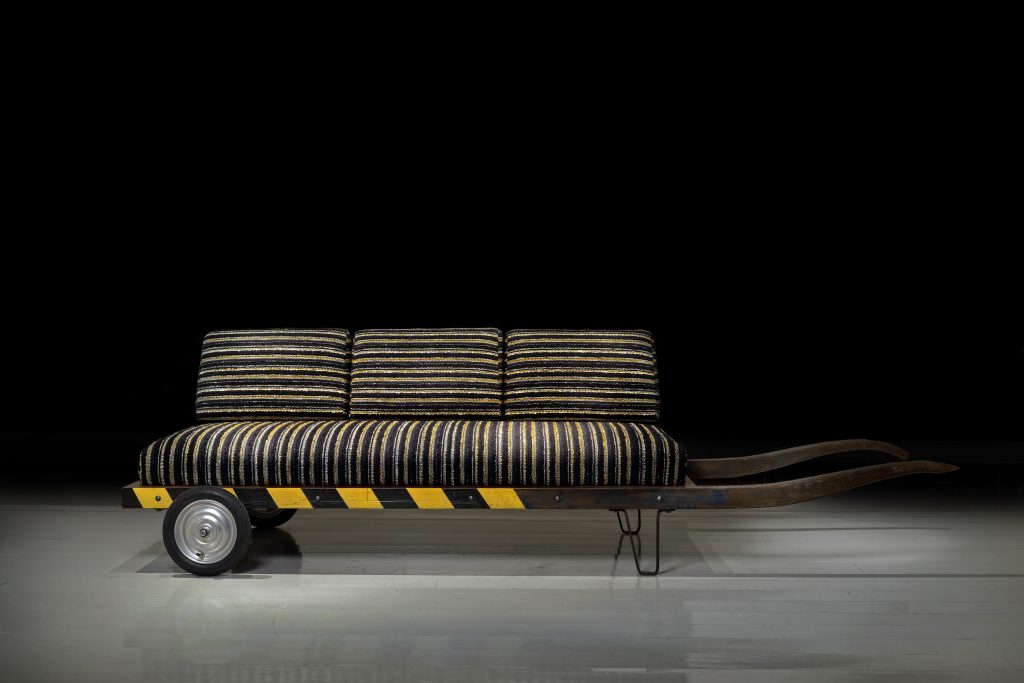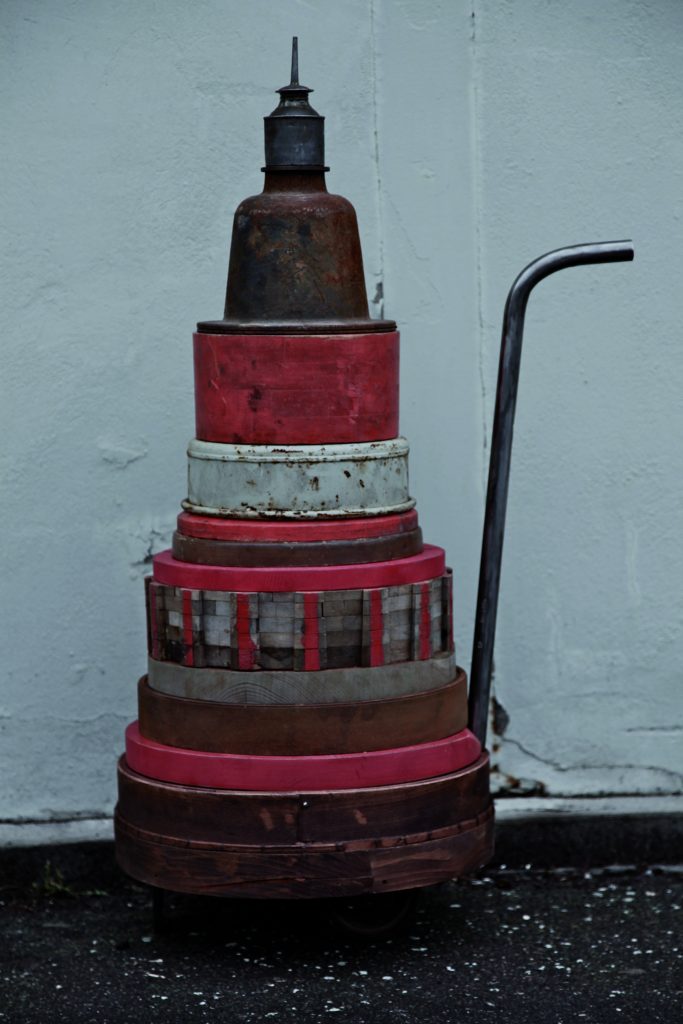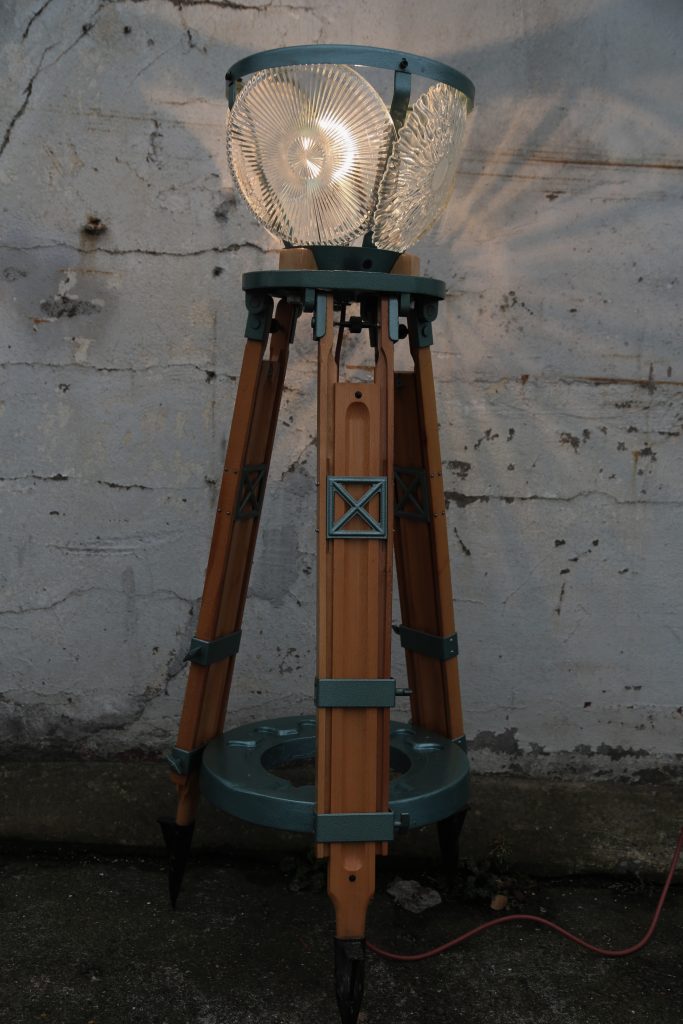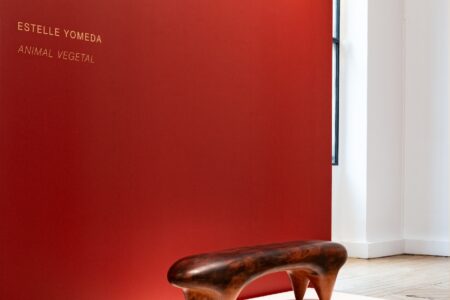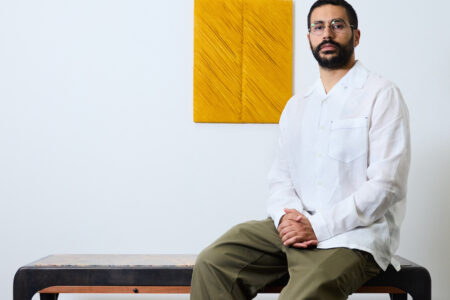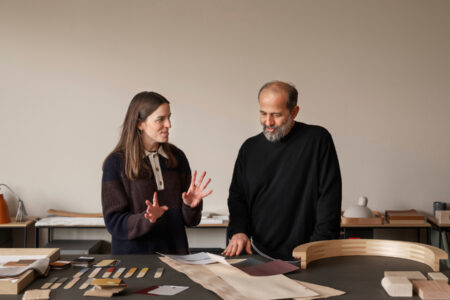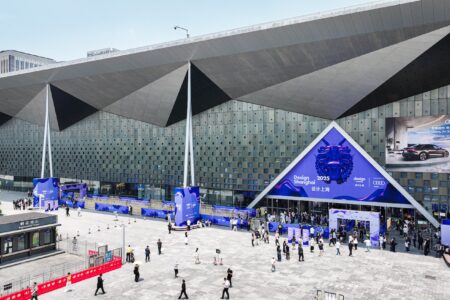Florian Borkenhagen: Objects with a Compelling Story
With a passion for mobility and desire to challenge branded perception, German designer Florian Borkenhagen deconstructs, transforms and reconstructs everyday objects and provides them with a sophisticated value. TLmag caught up with the designer, whose work straddles the space between art and design.
TLmag: What is your background? How did you get into making art and design objects?
Florian Borkenhagen (FB): I was born and raised in Frankfurt, Germany. Due to my father’s job, we moved every three years to another city, and I became a global nomad at an early age. This experience fuelled my passion for collecting interesting objects with a compelling story. I am attracted by the arts, inspired by Joseph Beuys and the Arte Povera movement. Unable to decide on a single discipline, I went on to study industrial design at the HFBK*1986.
One of the critical moments that started my career in art and design was being invited to participate in Documenta 8 in Kassel in 1987. I showed Schatten–Stuhl, a chair perfectly designed to overshadow one’s own shadow when sitting on it. In addition, I have worked a lot with film equipment and stage design and founded a studio in Paris in 1988. Later I also established an interdisciplinary studio called “laboratorio como” in Italy between 1990- 1995, where I started to the design–sculptural concept of industrial archaeology.
TLmag: When did you start using recycled materials in your designs and why? What drew you to this? What’s your impression of the up–cycled movement in design?
FB: My travelling lifestyle has always inspired the intellectual basis of my work. Since 1999 I have been based in Hamburg. It feels to me a place of finding and being found. The harbour and its surroundings give me a lot of inspiration. Here I can find a lot of material left over by the transport industry such as handmade ornamental glass and steel. The light sculpture FARO is based on the design of a lighthouse and its Fresnel lens. In my work, the use of old and found objects comes less from the “upcycling movement” but much more from the ready-made concept you see in the art world. In 2010 I used PF pallets to create Miami Babel for a commission at Design Miami Basel fair, a tower that suggests of the minaret of Samarra, “the tower of babel”. I was inspired by the multiple colours of the pallets that had been used for decades to transport coffee around the globe via sea freight. For 2020 we are planning to bring a version of the Babel Tower to Miami Beach. I mainly use recycled materials because through the transformation of the simplest materials, a more profound meaning can be created and explored.
TLmag: How does a piece come to be made? Do you start with a sketch or is it through seeing a found object that triggers an idea?
FB: In the beginning, the objects I collect might not seem to have a specific purpose for my design, for example, my grandmother’s crystal glass dessert plates. Years later, I looked at them again thinking about their structure, which created beautiful patterns of light. This idea materialised into the chandelier Poire Hélène and the standing light Challah, where the plates fragment the light and reflect the story of these old plates across the room, covering it in a warm glow. Sometimes there are also souvenirs that I process such as old wooden skis from St. Moritz, which I transformed into a kind of sedan chair. Most of the time, I create according to circumstances and situations, but I enjoy working with themes, for example, for my first solo show at ammann//gallery, “Trans–Sakrales”. I thought of a story about a travelling priest and created a collection of transport devices for him. All my works are unique and handcrafted, if I make sketches afterwards, then I work backwards.
This article was first published in TLmag 32: Contemporary Applied.
